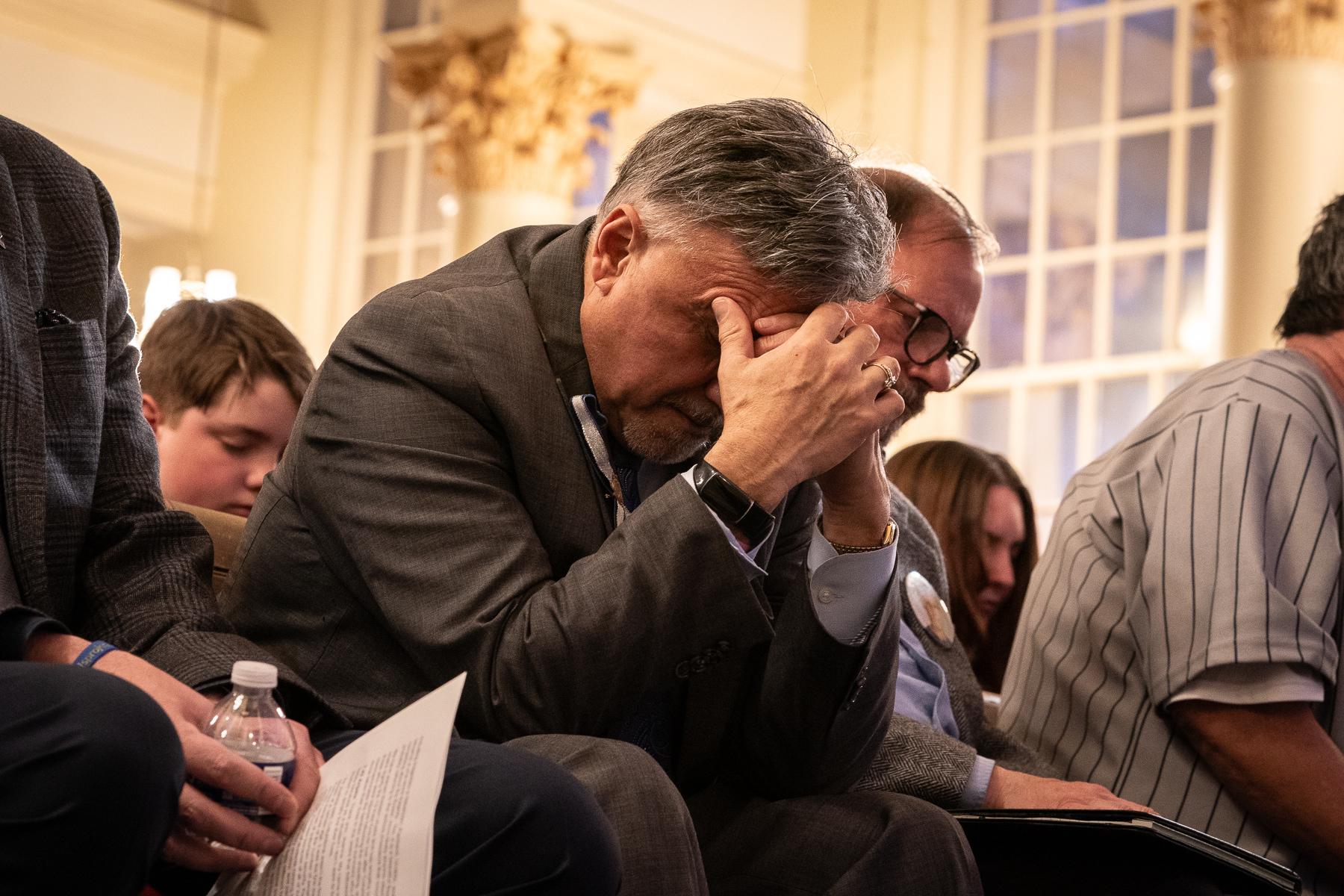
This is “Looking UP! in southern Colorado,” from the Colorado Springs Astronomical Society. I’m Jim West, and there are lots of reasons to look up!
This coming Saturday, April 4th, we get to see one of the more rare events in the night sky – a total lunar eclipse.
A lunar eclipse happens when the Earth passes directly between the Sun and the Moon. The Earth blocks most of the sun’s light from striking the moon and the moon grows darker and redder as it enters the shadow. It can seem to mostly disappear during what is called “totality” which is the part of the eclipse where the moon is most completely blocked from the Sun by the Earth.
The April 4th eclipse is special for a couple of reasons
. First, this is the 3rd of 4 lunar eclipses happening in an 18 month period. This happens when the solar system lines up just so, and it doesn’t happen often. The fourth eclipse will happen in September. If you miss these, you’ll have to wait until 2032 to see another 4 lunar eclipses so close together again.
The other thing special about this eclipse is how short it is. A lunar eclipse can last for nearly four hours, as the moon slowly enters, moves through, and then leaves, the Earth’s shadow. An eclipse has two main parts: During the first part, the moon slowly dims. This part, called the penumbral shadow, is the longest. The second part of an eclipse is the darkest part, when the moon enters the umbral shadow, and this part is shorter. This period is when the moon is entirely within the Earth’s shadow and we say the eclipse is total. And this particular eclipse on April 4th is the shortest duration of totality of any eclipse for the next century – only about 5 minutes!
So, when can you see this remarkable dance of the sun, moon, and Earth? You’ll need to set an alarm because it happens fairly early Saturday morning. The moon begins to dim at about 3am, but the darker, total lunar eclipse portion starts at 5:58 a.m. and ends at 6:03 a.m. So set an alarm and take a peek at the moon pulling a disappearing act!
If you’d like to take a closer look at the moon or any of the other wonderful and amazing things in the sky, please visit KRCC.org or CSASTRO.org for a link to information on our monthly meetings and our free public star parties!
This is Jim West for the Colorado Springs Astronomical Society, telling you to keep looking up, Southern Colorado!








